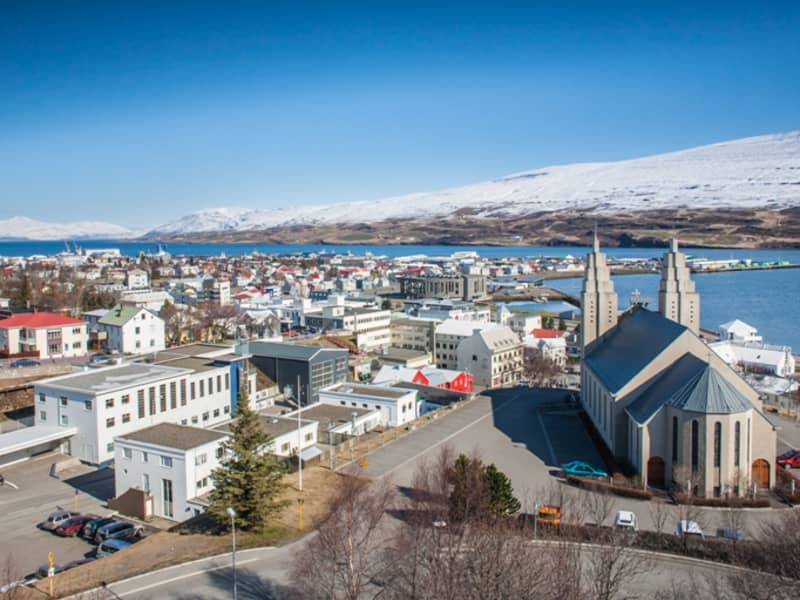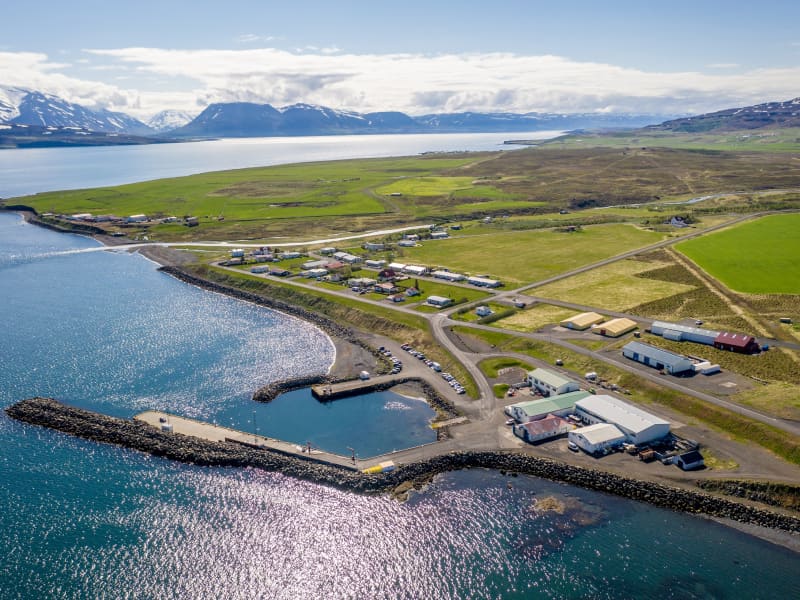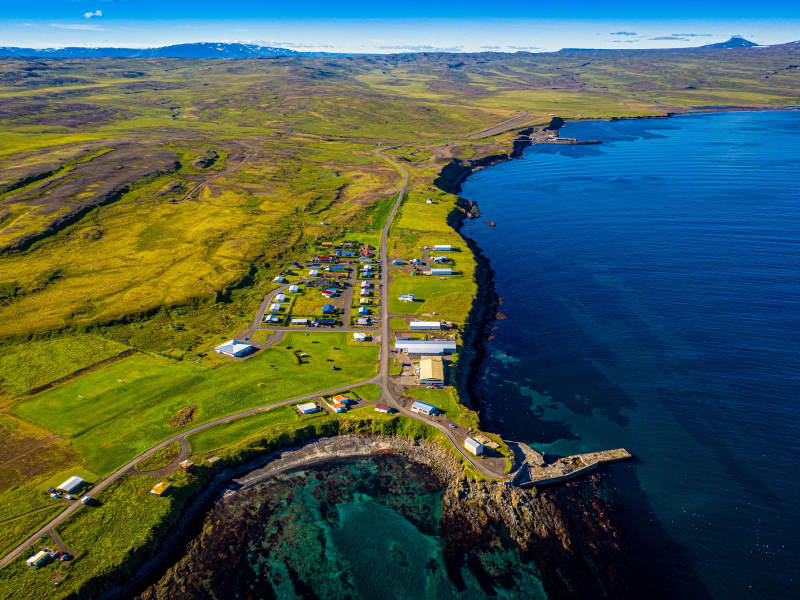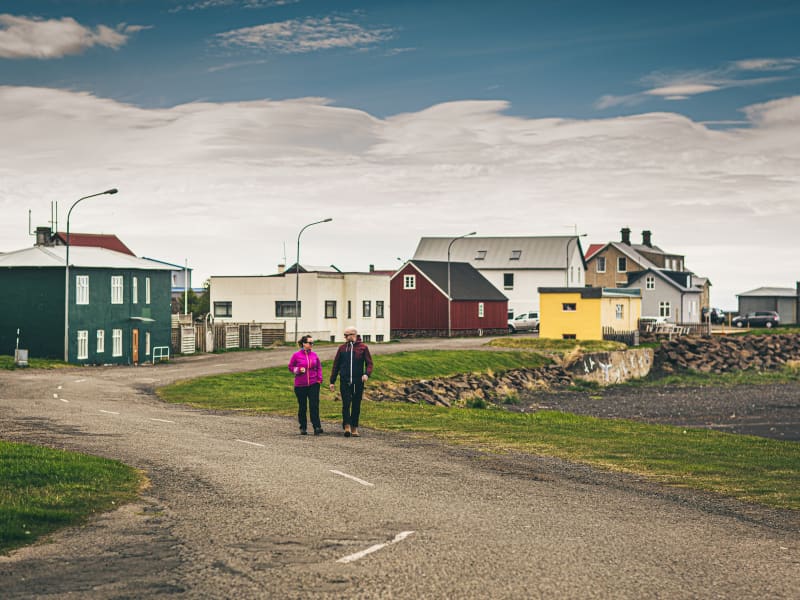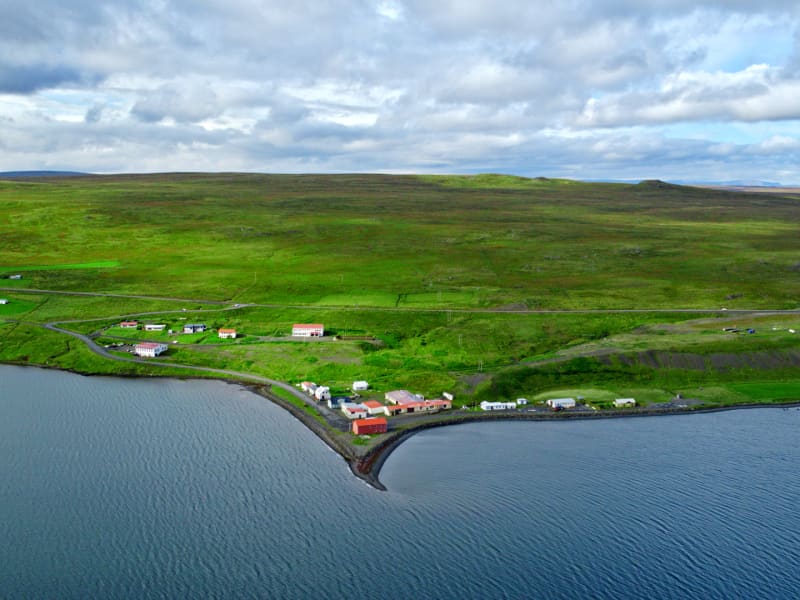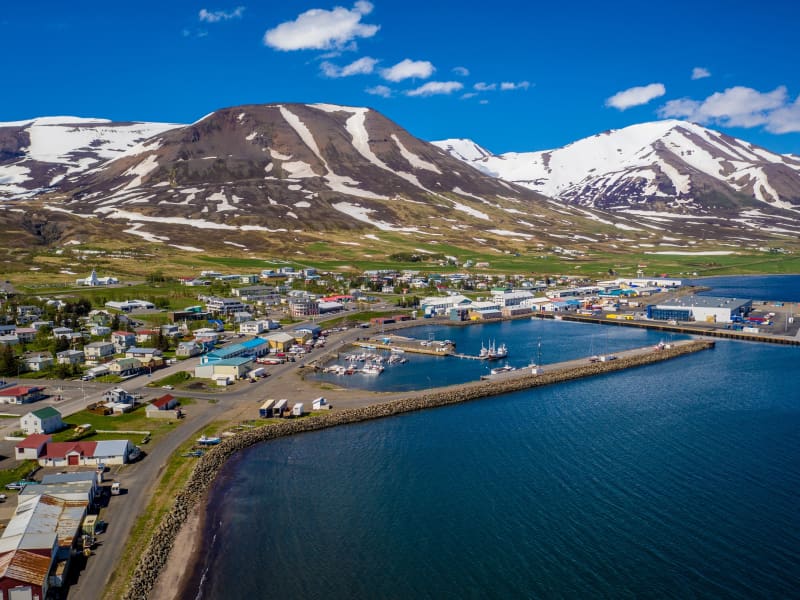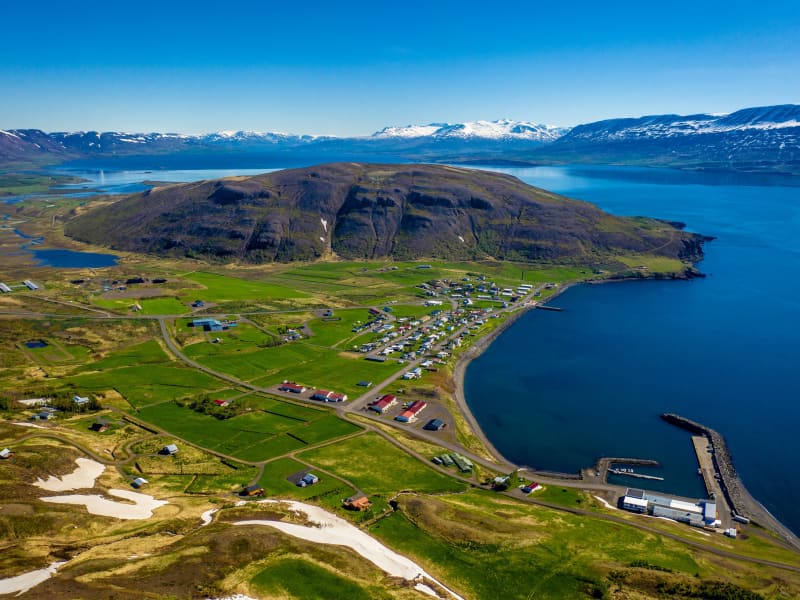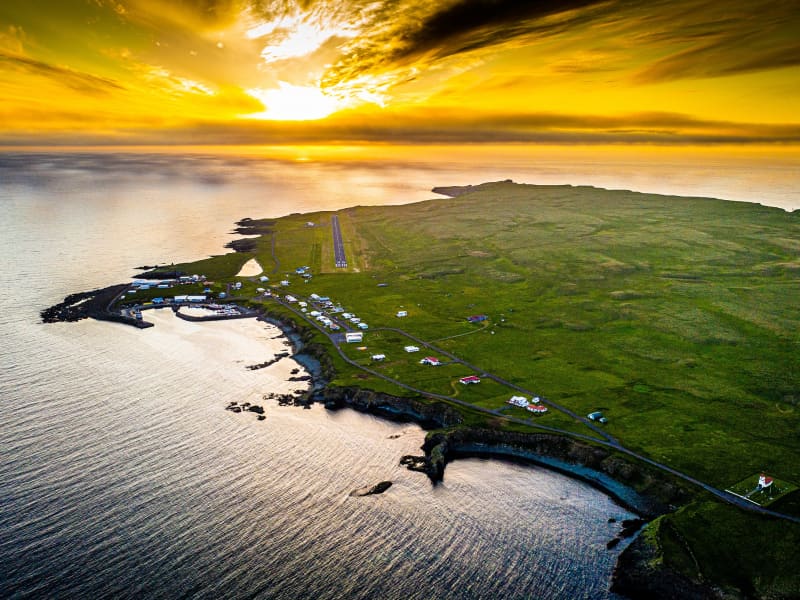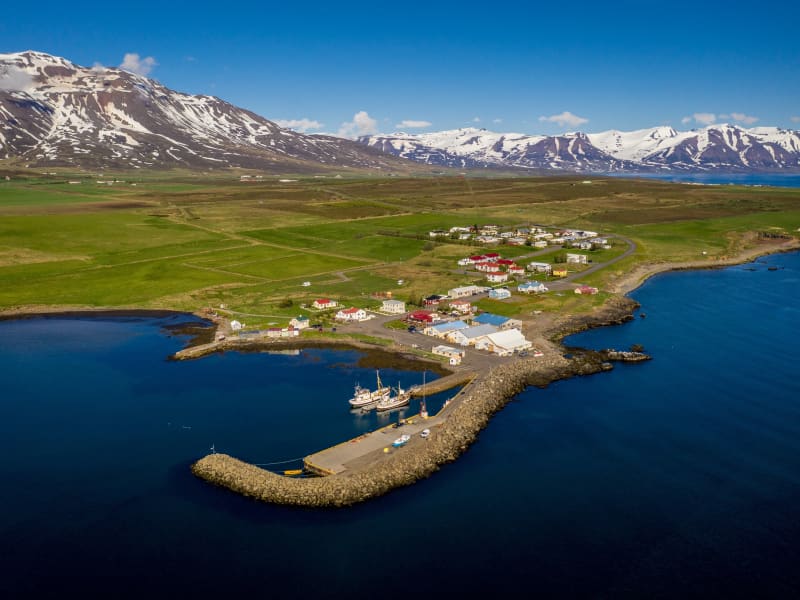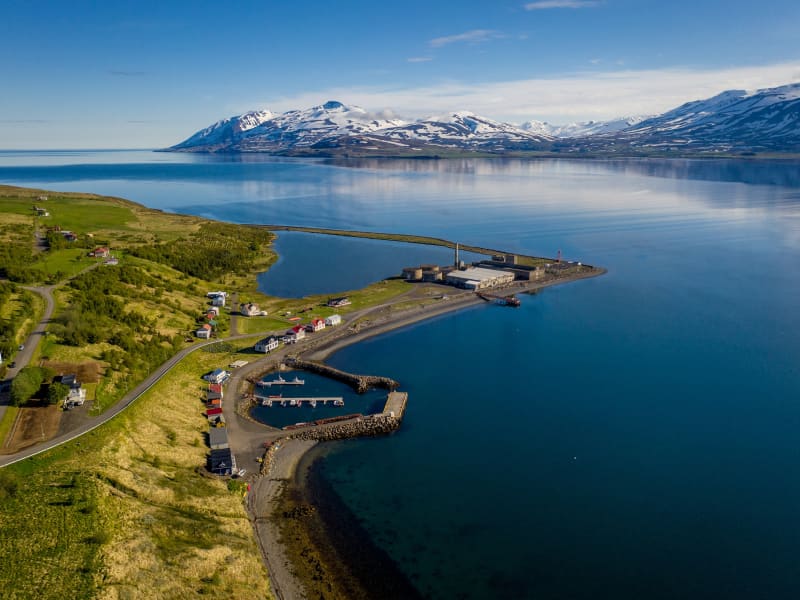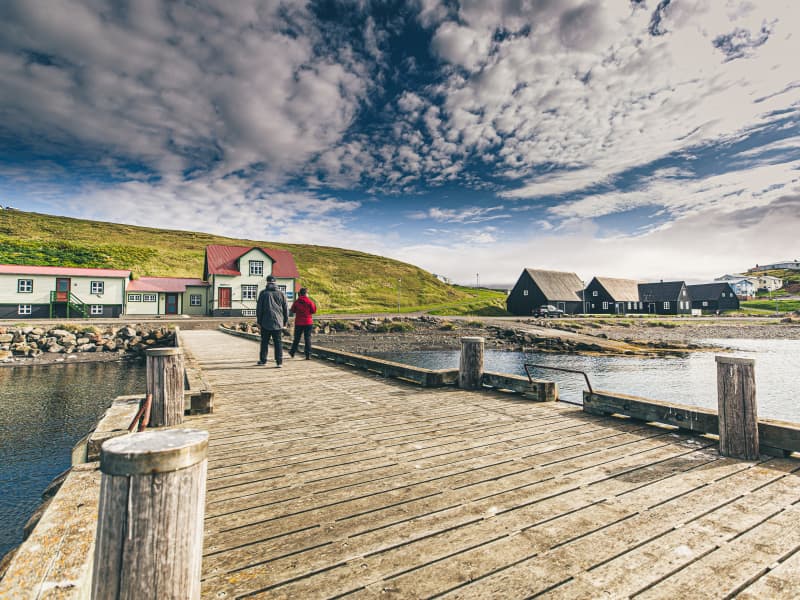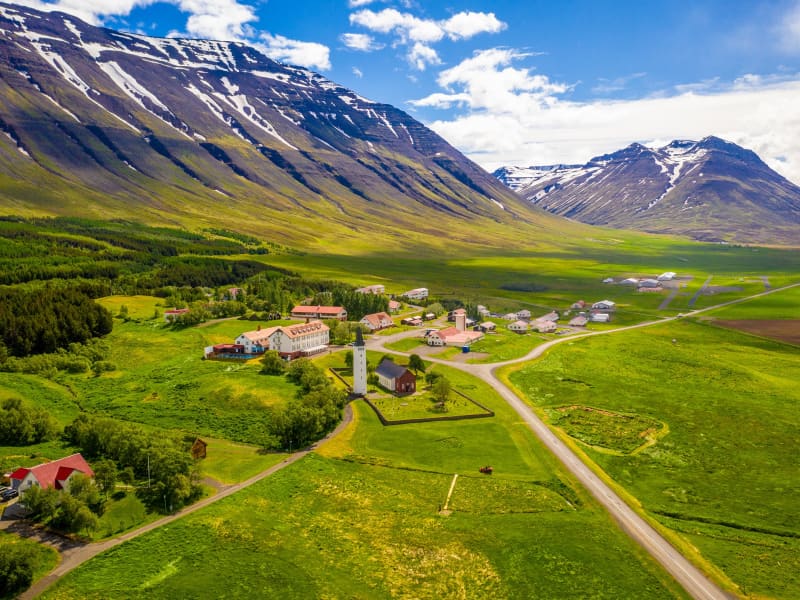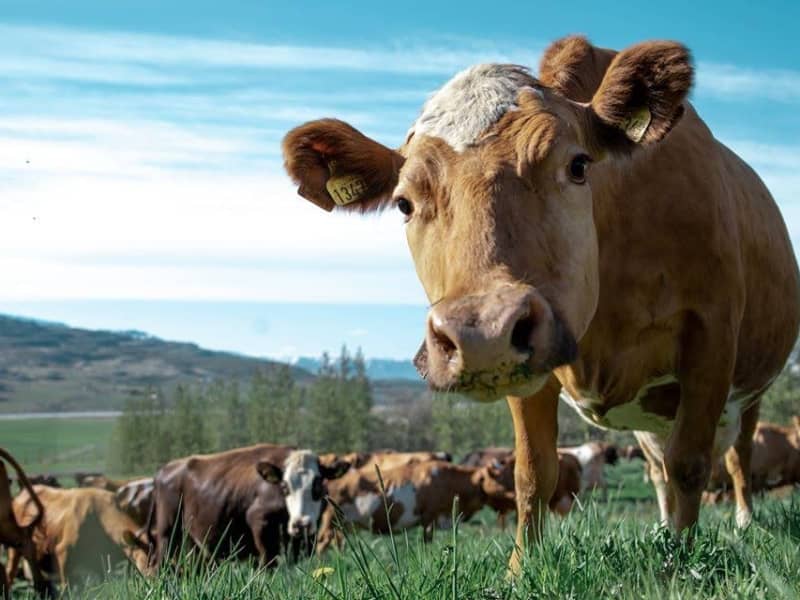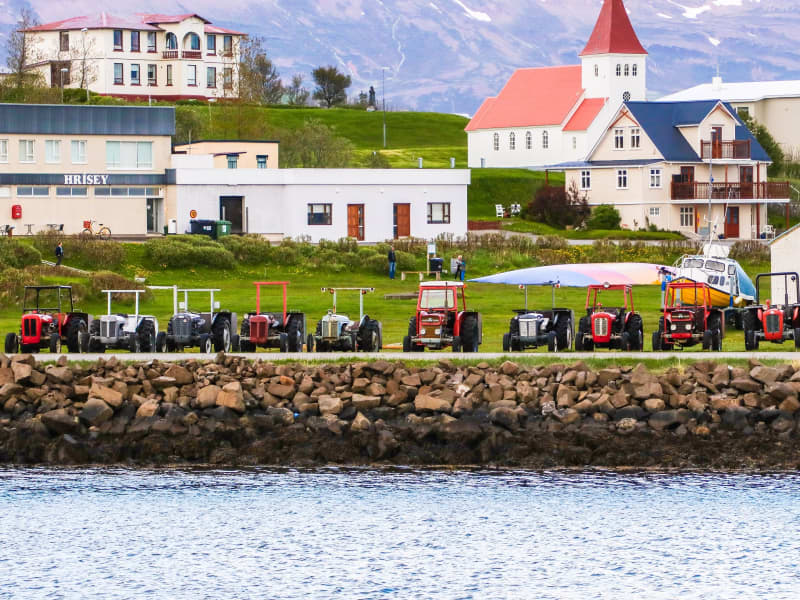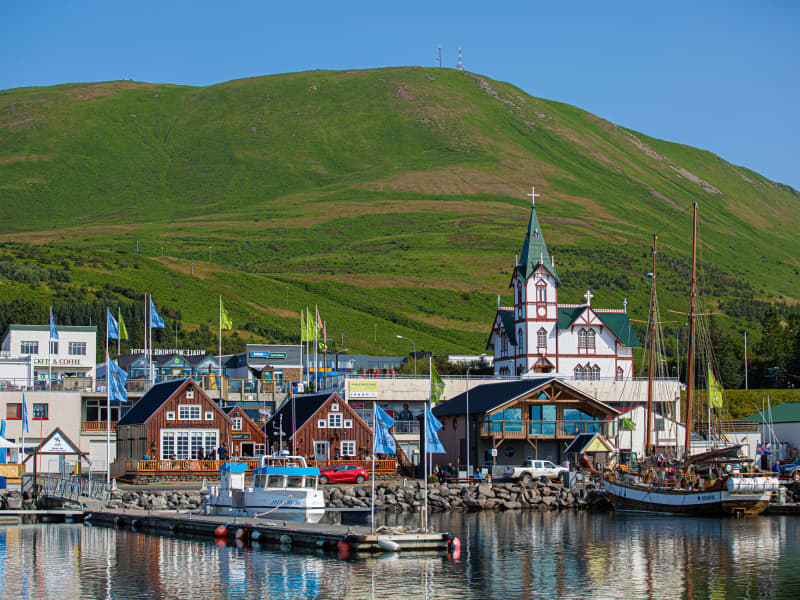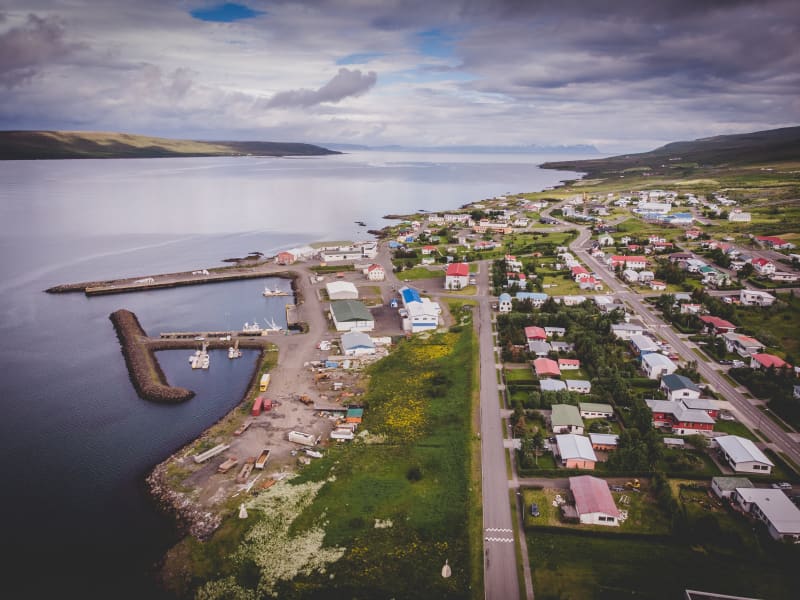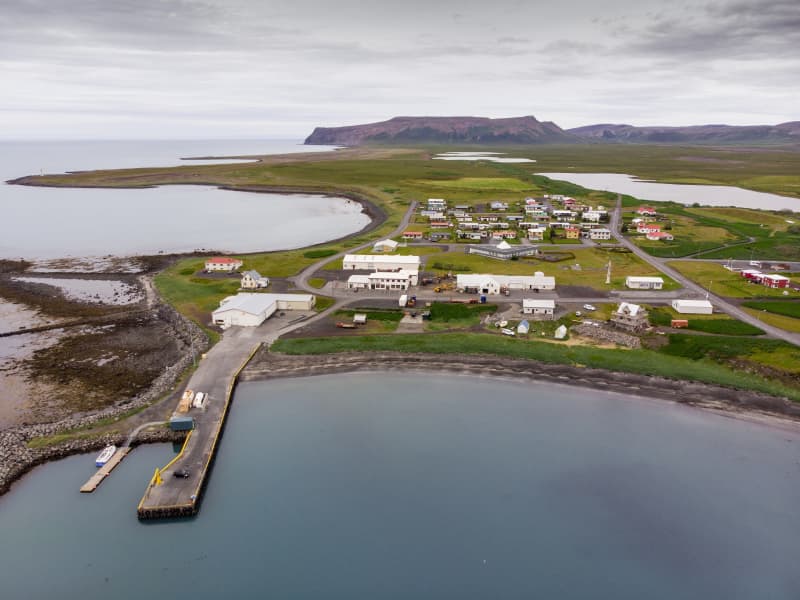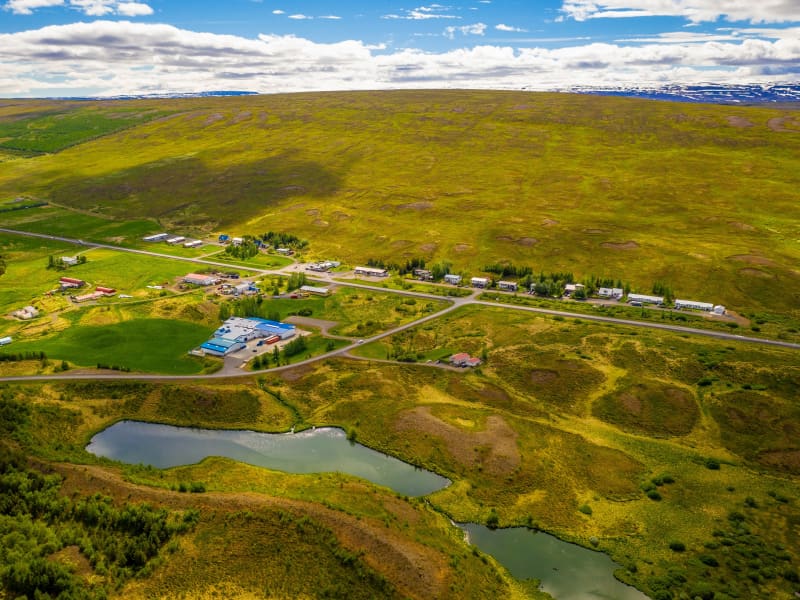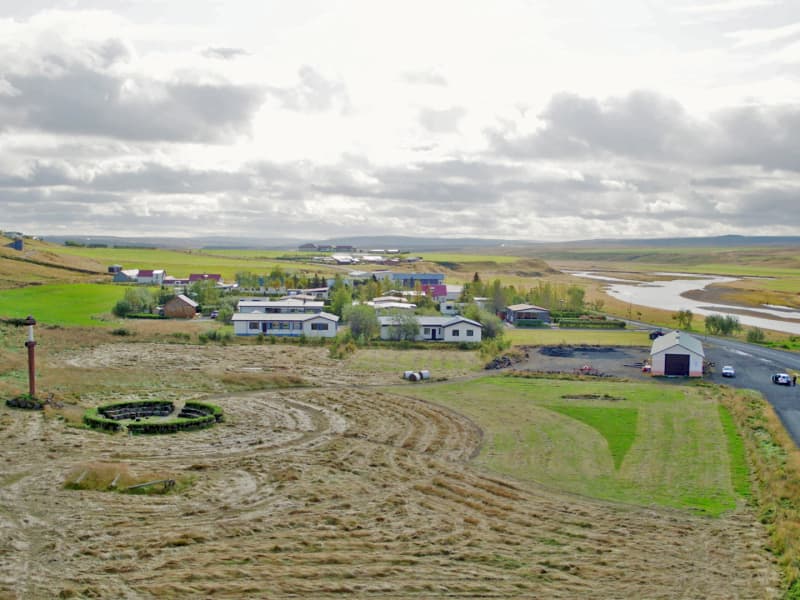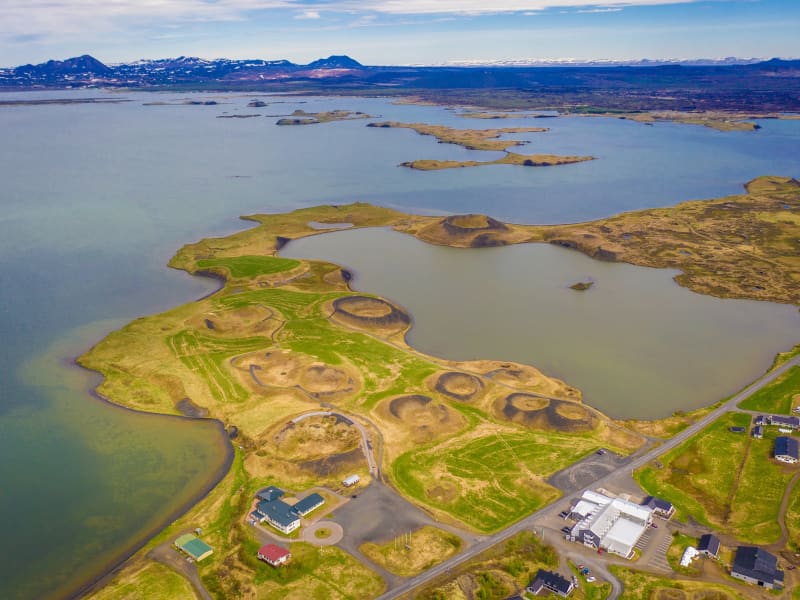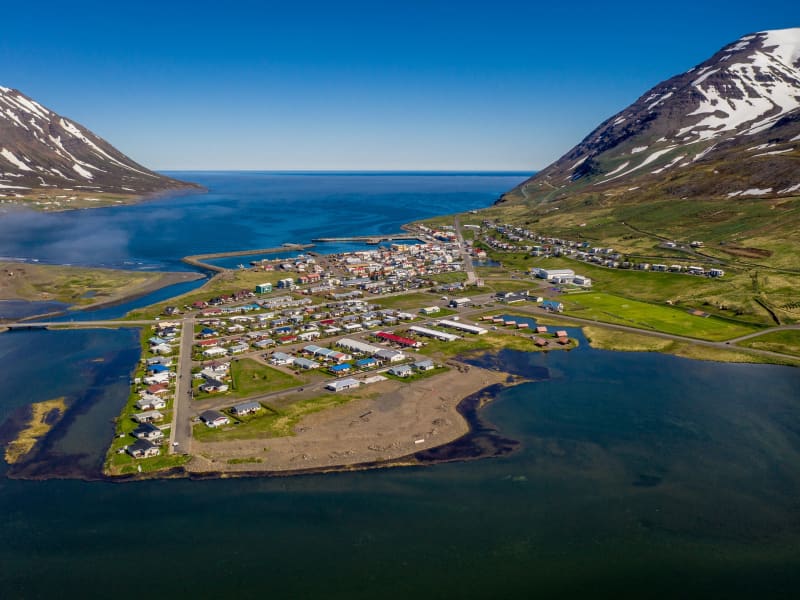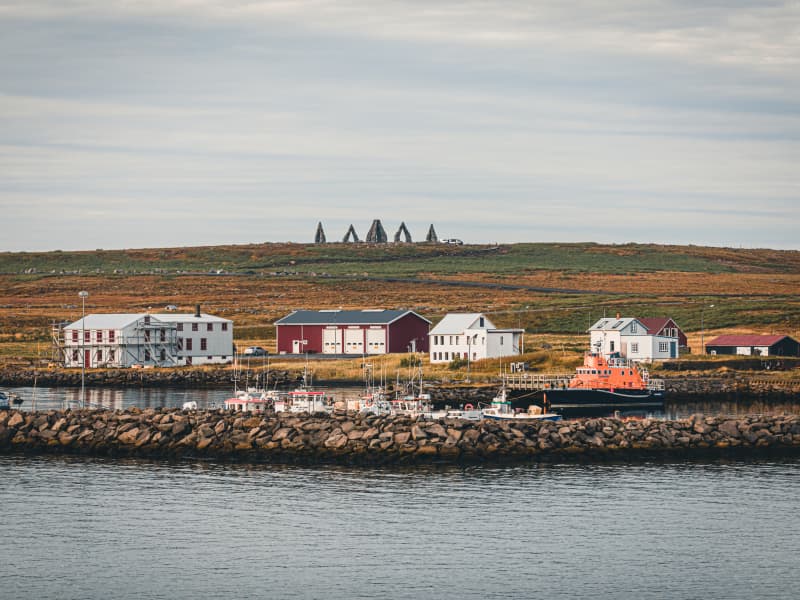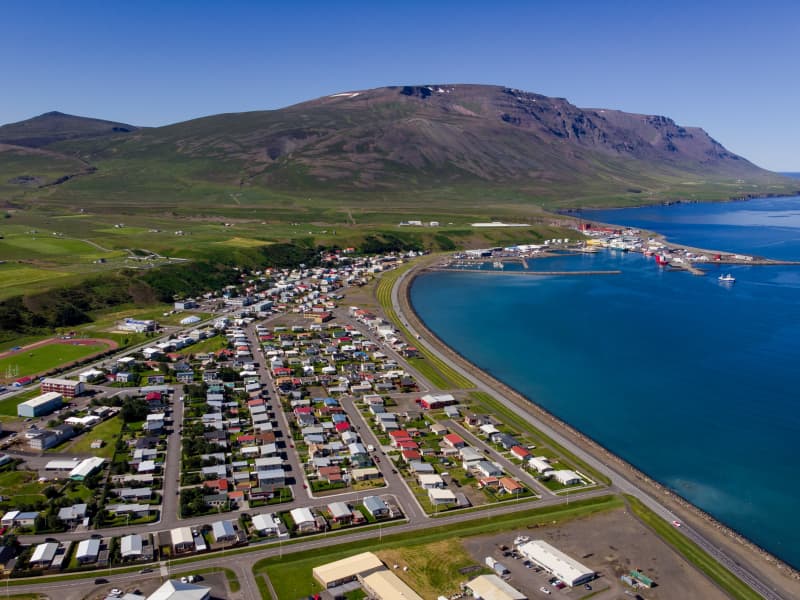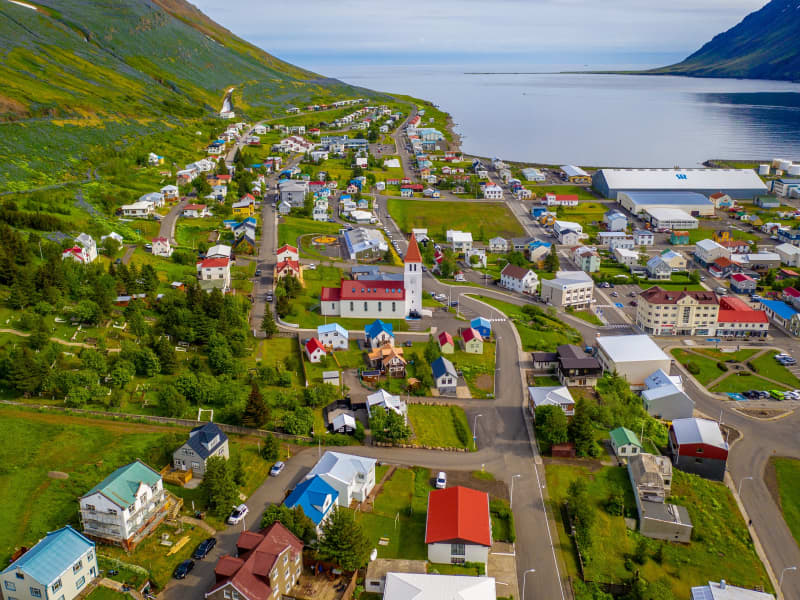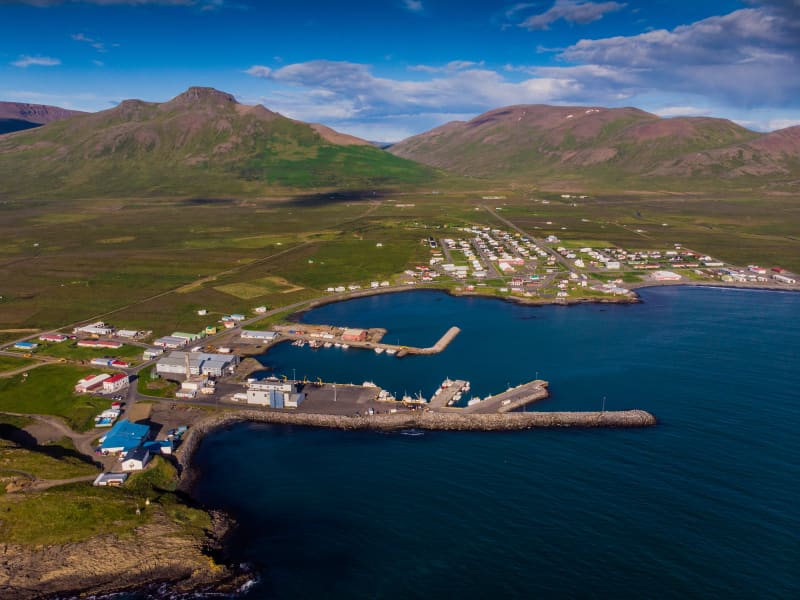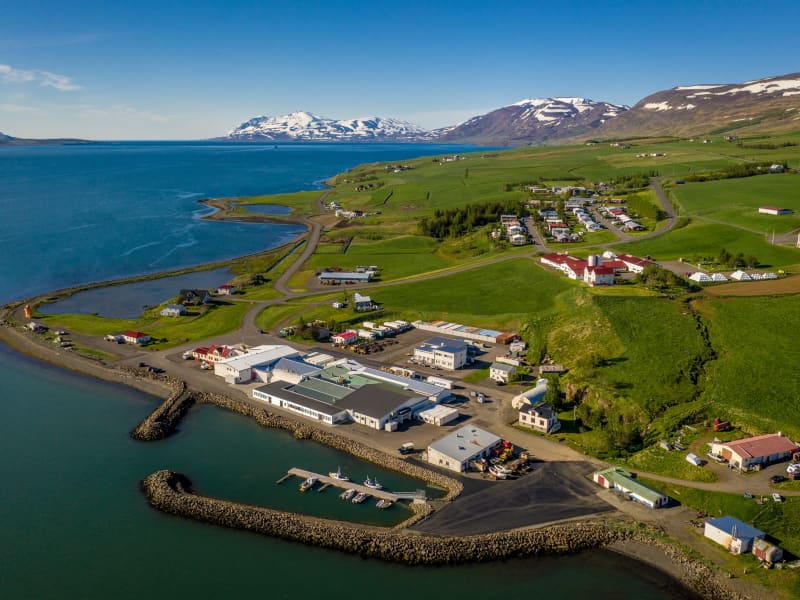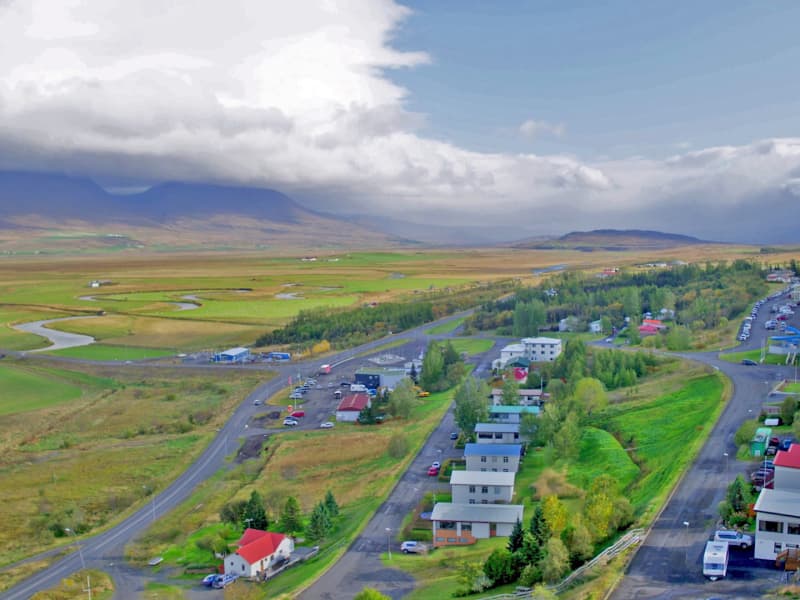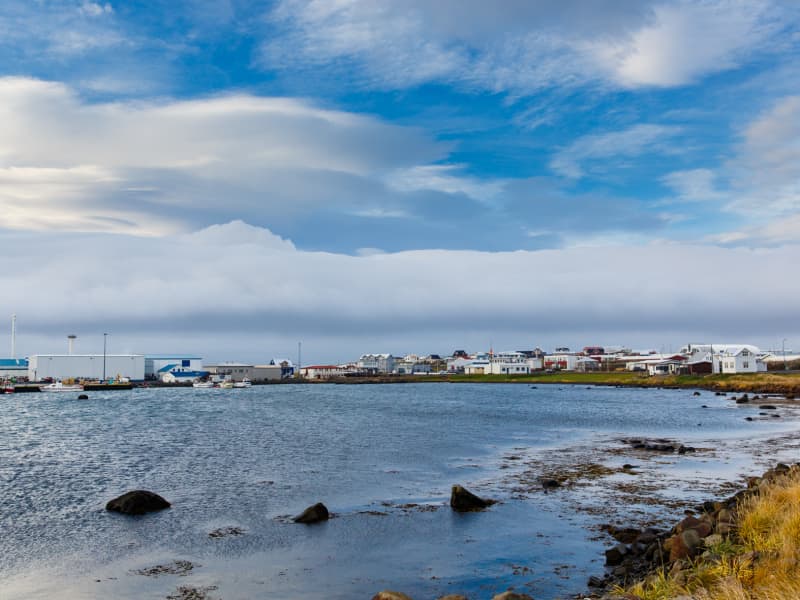Akureyri
Akureyri is the little big city of Iceland. It is large enough to offer a rich selection of entertainment, art and culture, yet small enough to be very personal and close to nature. It‘s easy to be fascinated by Akureyri with it‘s with brightly painted wooden houses, cosy bars and steep streets leading down from the hills into the friendly city centre. Even the traffic lights are cute, with stop lights in the shape of red hearts.
With a population of only 19,000, it’s remarkably calm in comparison to Reykjavik.
You can easily explore all the major spots in town on foot. Here you‘ll find a wide range of activities and interesting places e.g. notable museums, the world’s most northerly botanic garden, one of Iceland’s most popular swimming facilities, 18-hole golf course, the best skiing area in the country and great hiking trails. Best of all, use of the city buses is completely free of charge.
Akureyri is also a great base camp for many of Iceland’s most beautiful natural wonders, such as waterfalls, volcanic areas and canyons, as well as numerous exciting activities, such as rafting, hiking, caving, whale watching and horseback riding.
View

